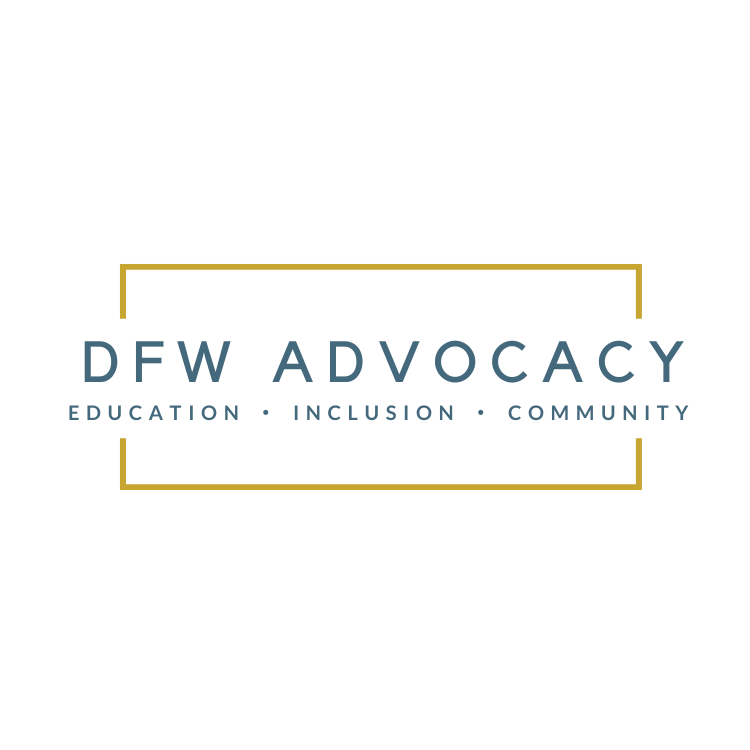I Think My Child Needs More Support
Overview of IDEA
Asking for evaluation
IEP Meeting/ ARD
Accomodations
Least Restrictive Environment
Schedule of Services
Prior Written Notice
Least Dangerous Assumption
How Do I Know?
You are unauthorized to view this page.
To change your membership level please click the courses tab on our website.

